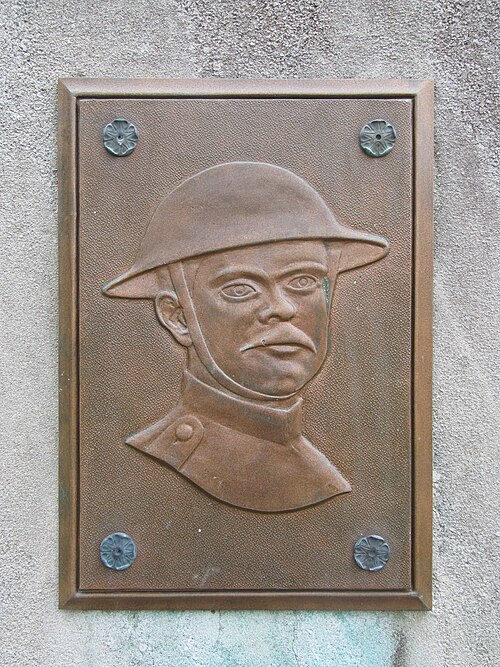
Joyce Kilmer was only 31 when he died in action in the First World War. But he had written one poem that made him immortal: “Trees,” which for two generations was inescapable at school recitations and equally inescapable set to music by Oscar Rasbach, in which form it was performed in every style from amateur opera to Benny Goodman’s swing.
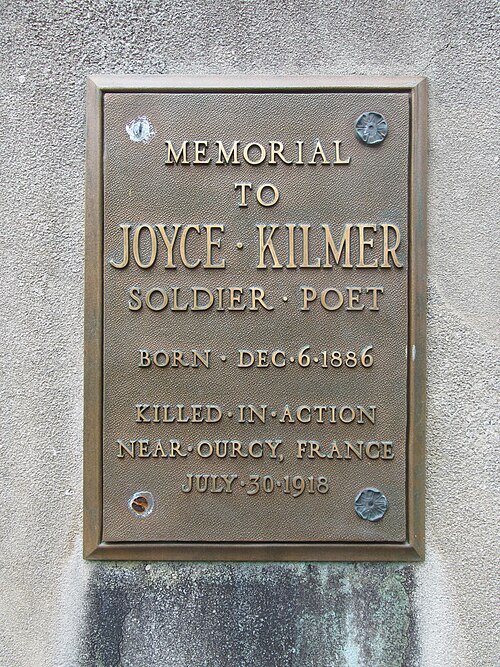
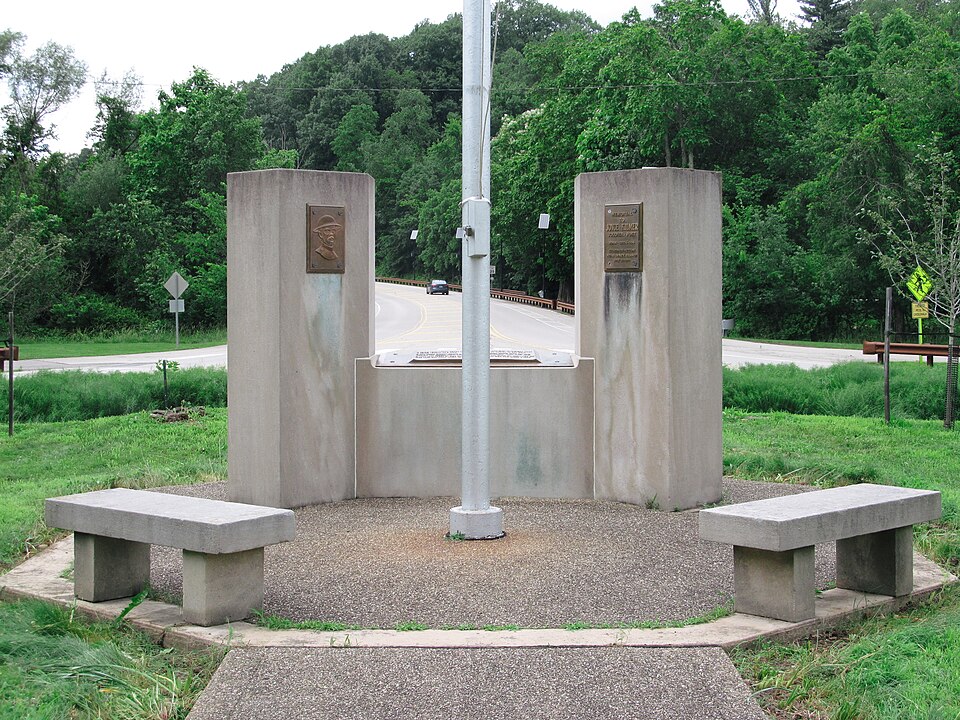
The Joyce Kilmer Memorial in South Park, which sits in the middle of a circle at a prominent intersection, was designed by Henry Hornbostel, who donated his work on the project.
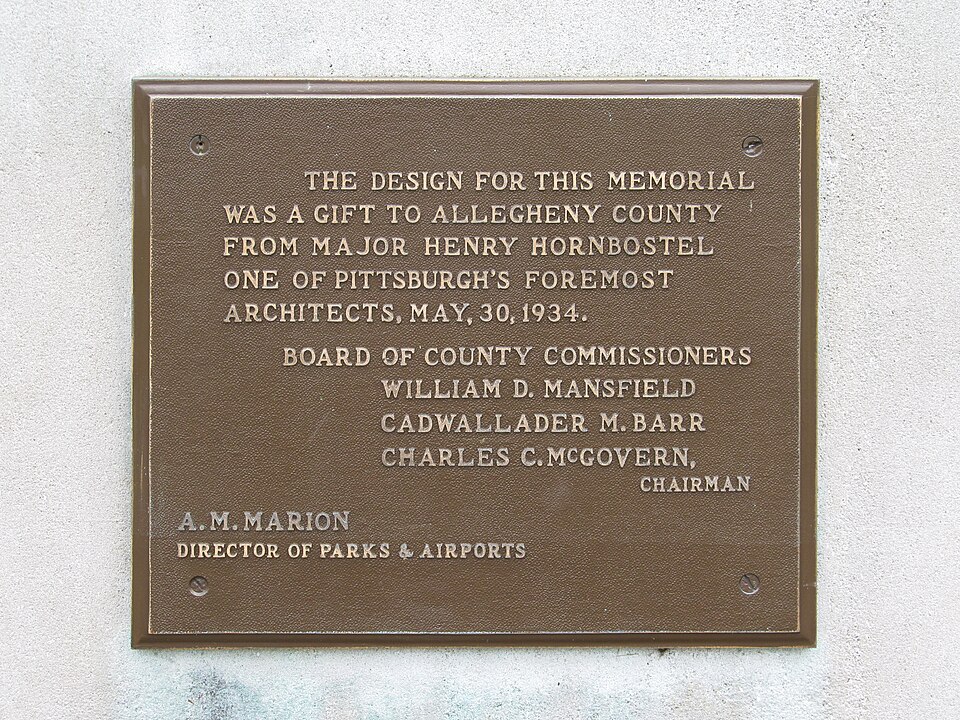
The monument is simple, designed to focus attention on the one thing visitors will really care about: the poem “Trees” itself, inscribed in a bronze book.
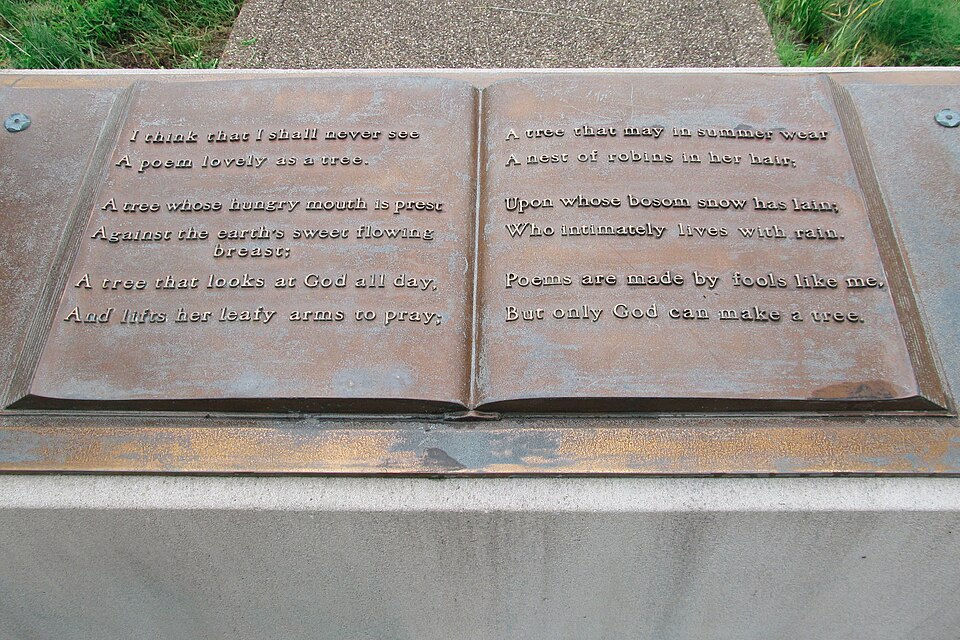
I think that I shall never see
A poem lovely as a tree.A tree whose hungry mouth is prest
Against the earth’s sweet flowing breast;A tree that looks at God all day,
And lifts her leafy arms to pray;A tree that may in summer wear
A nest of robins in her hair;Upon whose bosom snow has lain;
Who intimately lives with rain.Poems are made by fools like me,
But only God can make a tree.
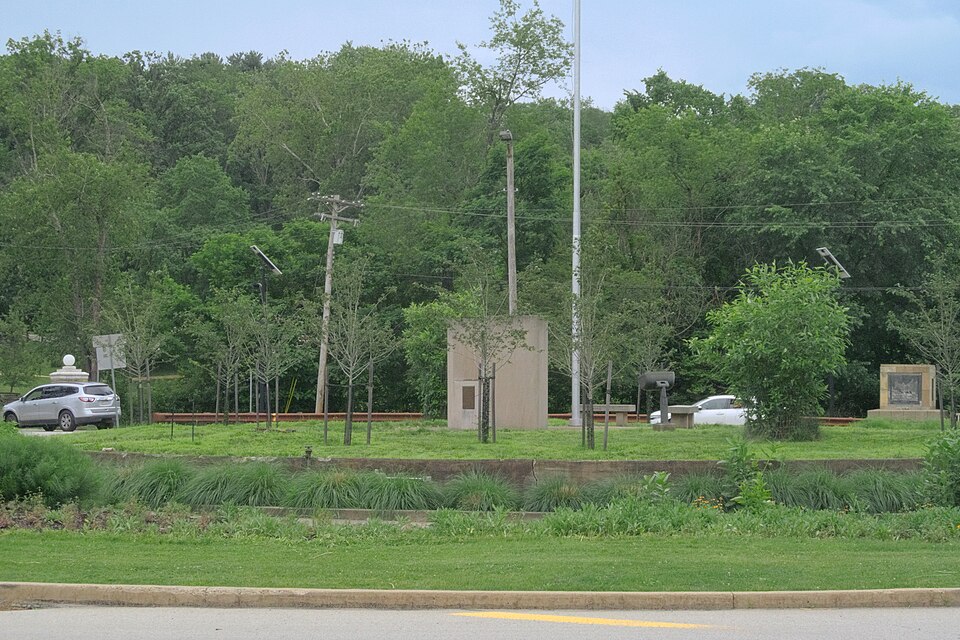
The architectural part of the memorial is in good shape. However, the main part of Hornbostel’s design is missing, as we can see from his drawing published in the Sun-Telegraph.

The memorial was meant to be ringed by trees, the only truly fitting tribute to Kilmer’s legacy. Hornbostel chose elms, and the Dutch elm disease has made merely keeping elms alive a difficult endeavor. The blighted trees were taken down in 1961, and the circle was left almost bare. Other trees have been planted more recently, but the effect will not be the same: his drawing shows that Hornbostel chose elms for their characteristic shape. But at least there will be trees again.
The local historian Jim Hanna has made a short video about the memorial.
Map.
Comments






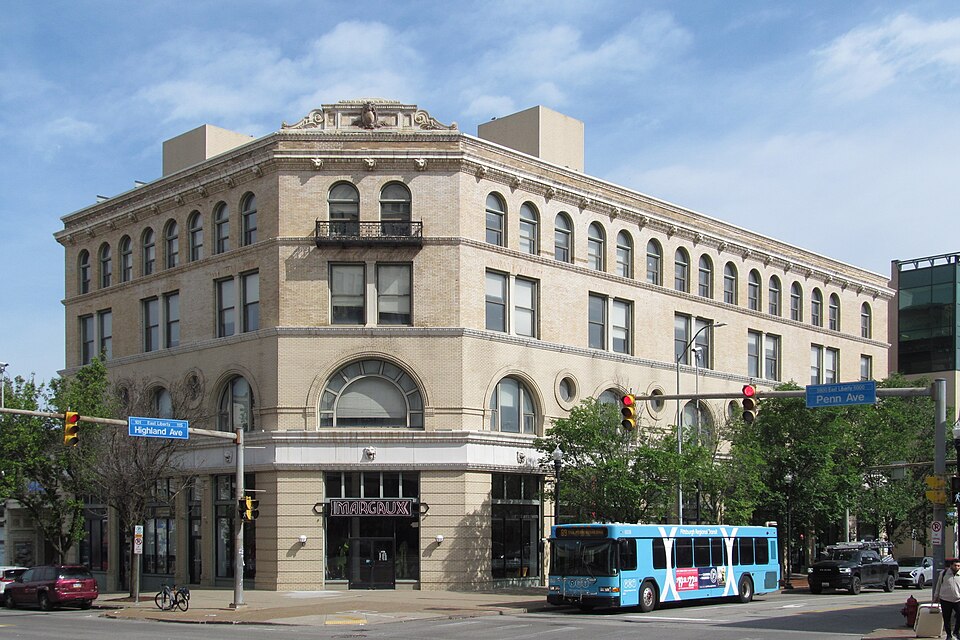
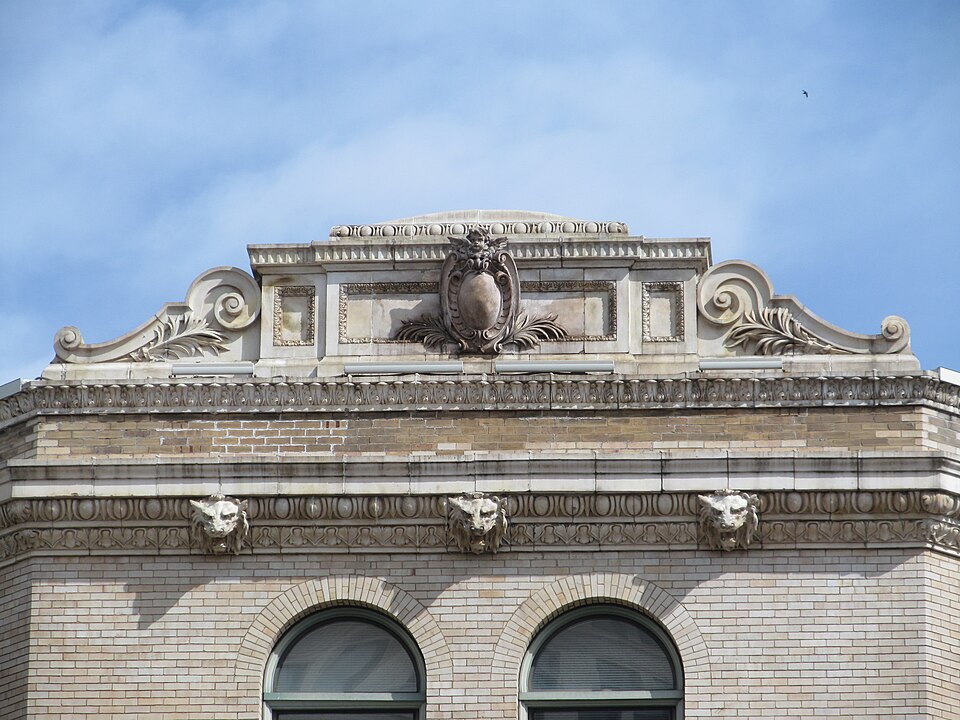

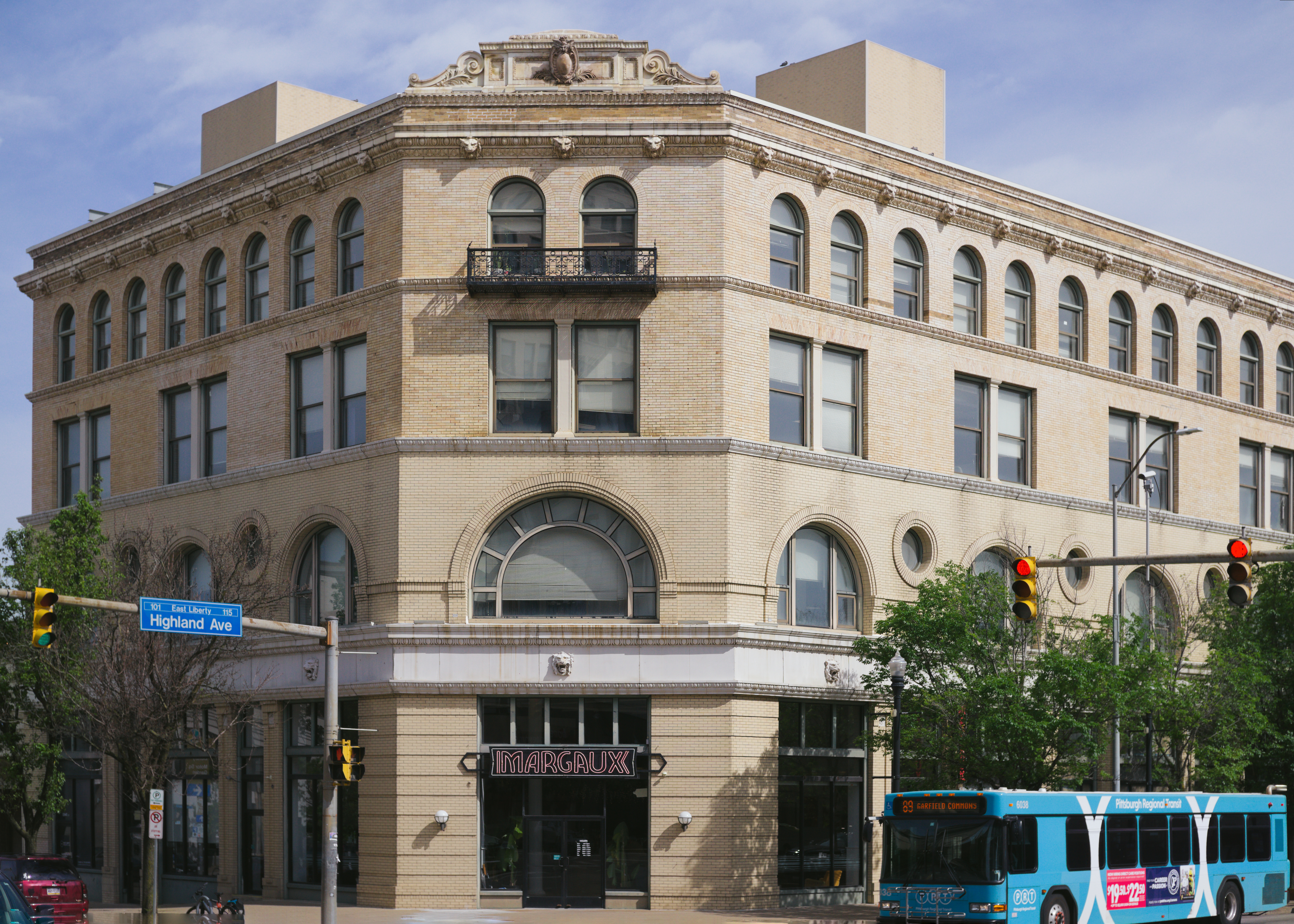

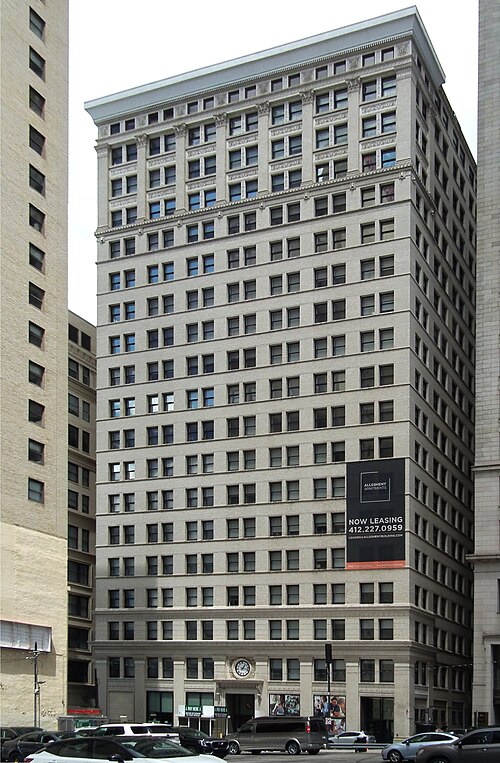

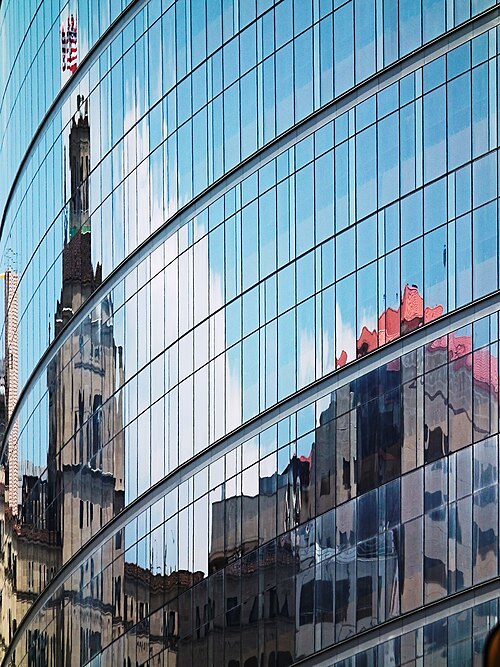
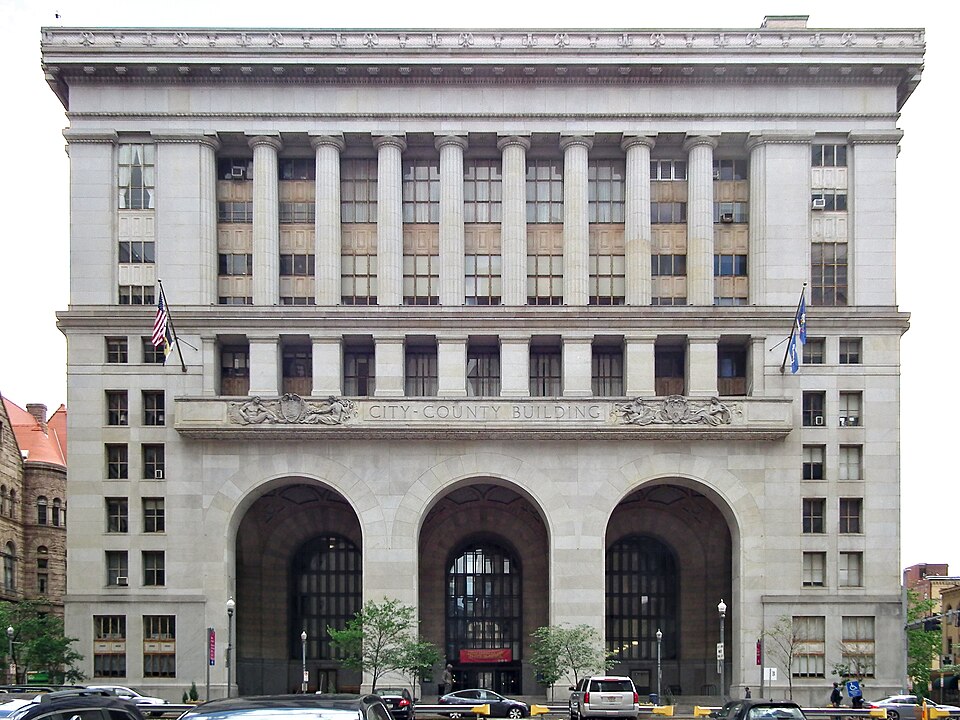
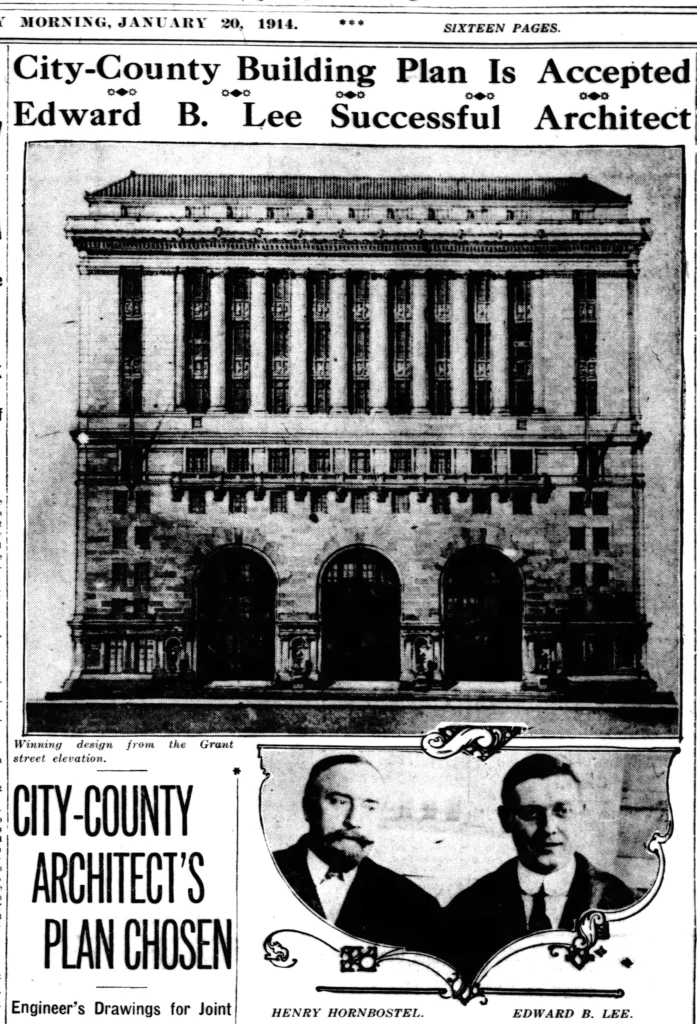
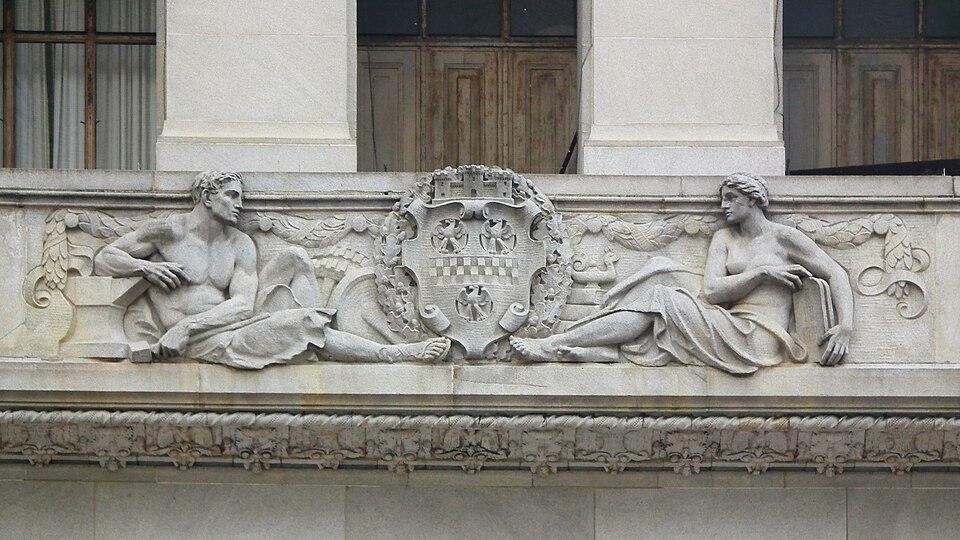
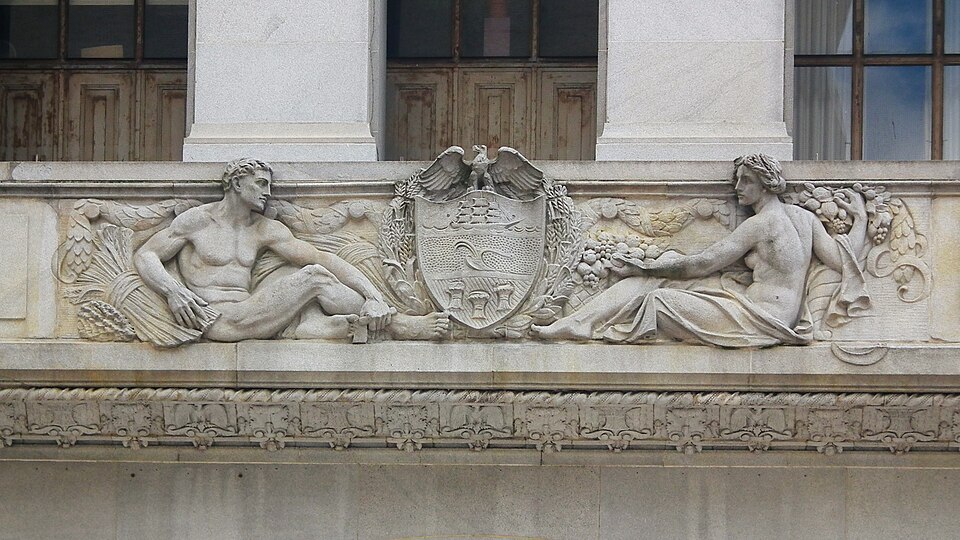
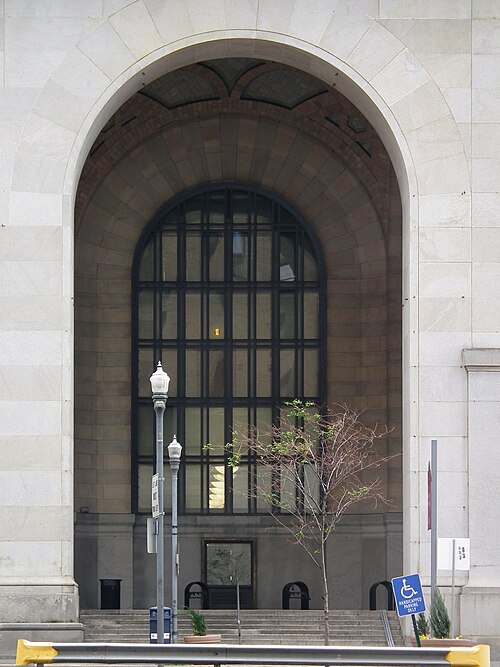

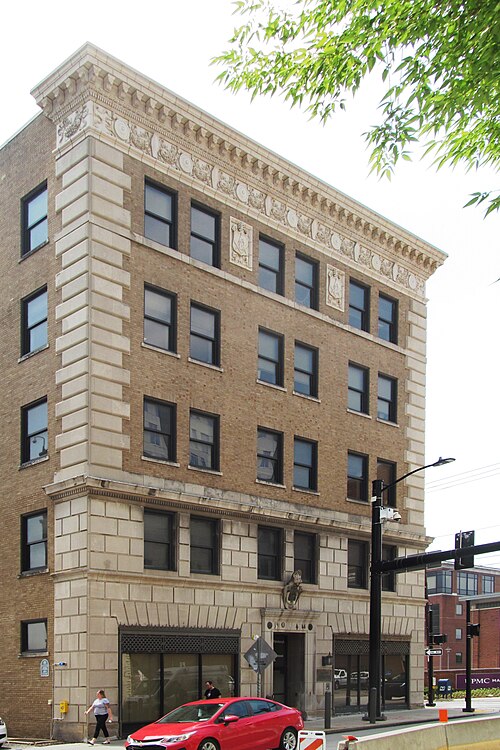
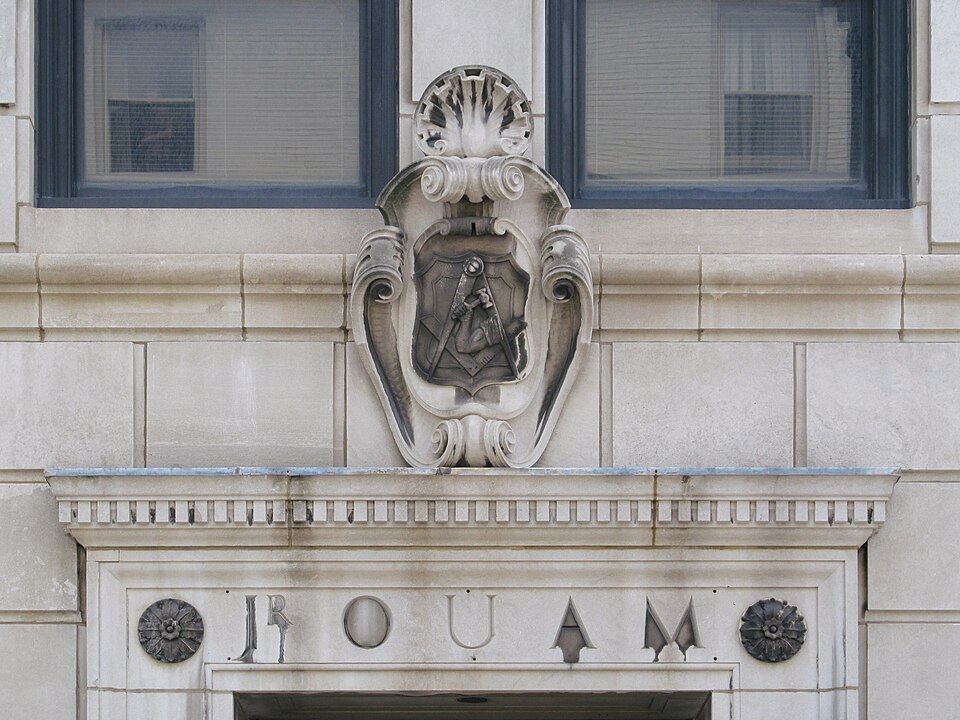
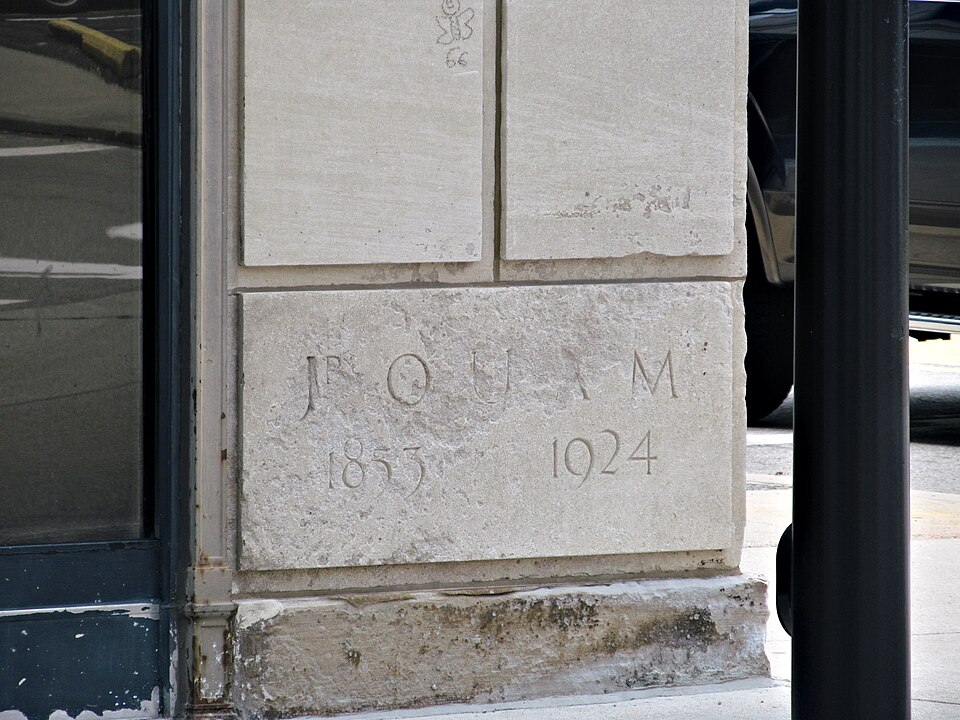

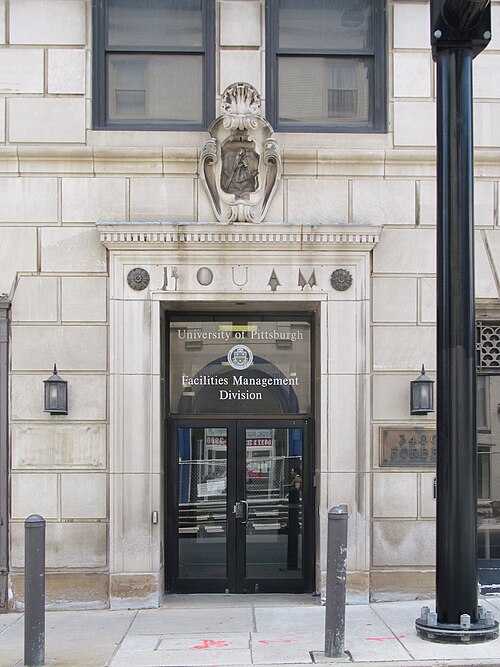
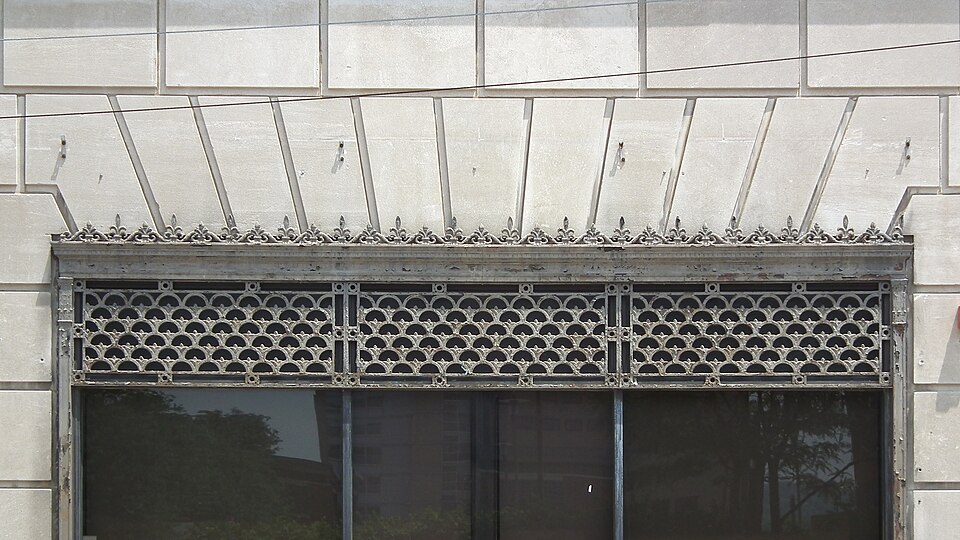
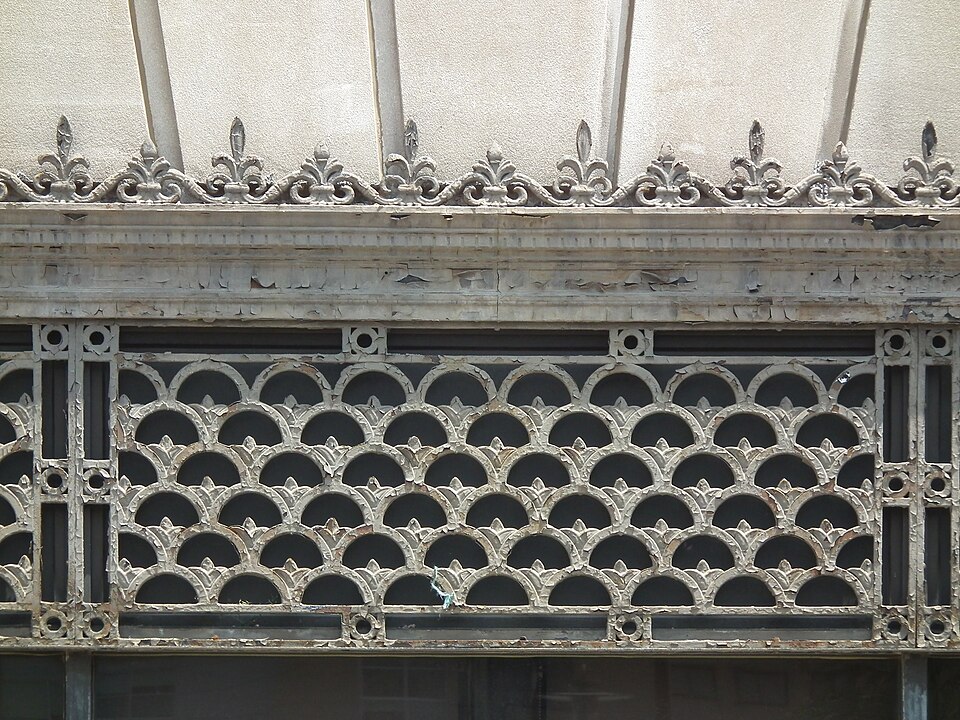
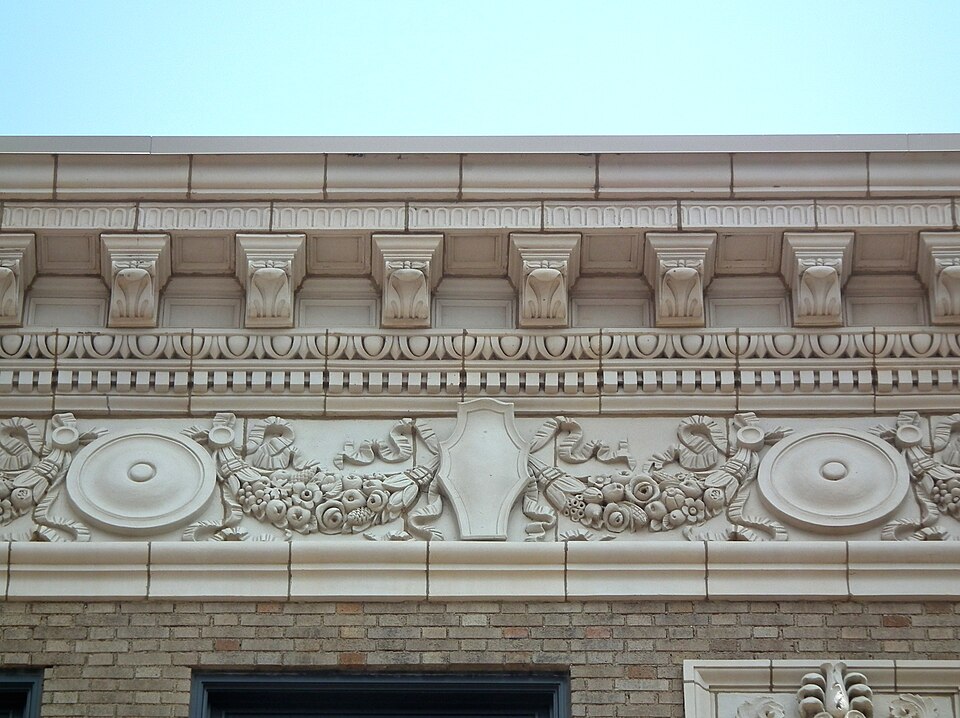
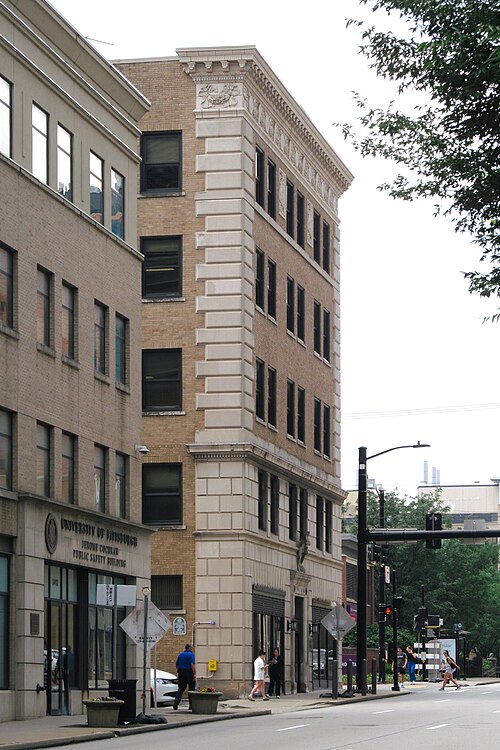
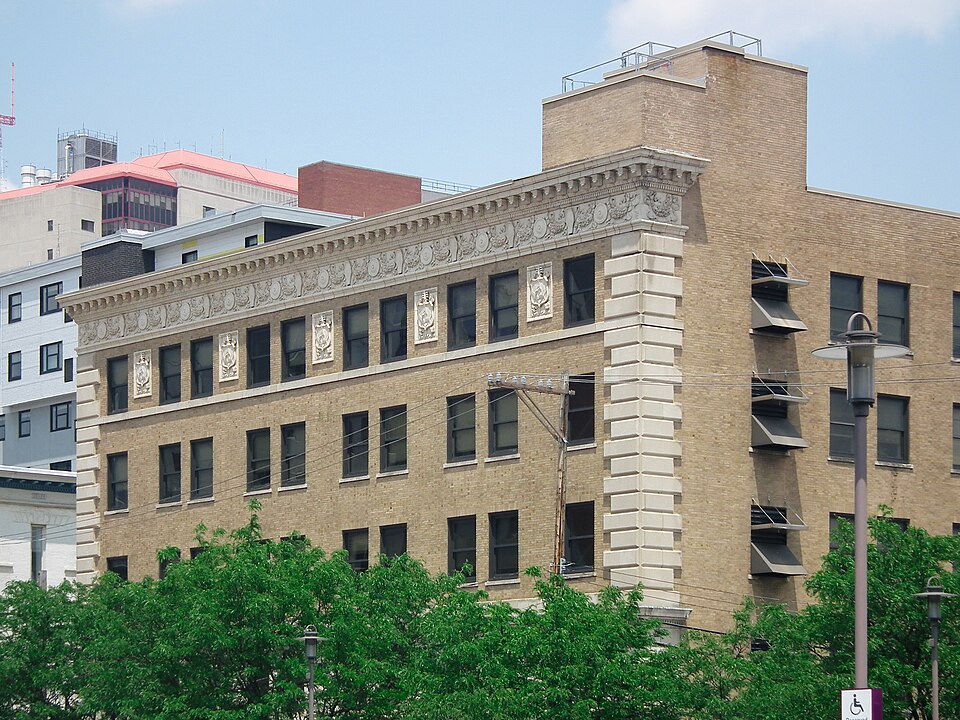
3 responses